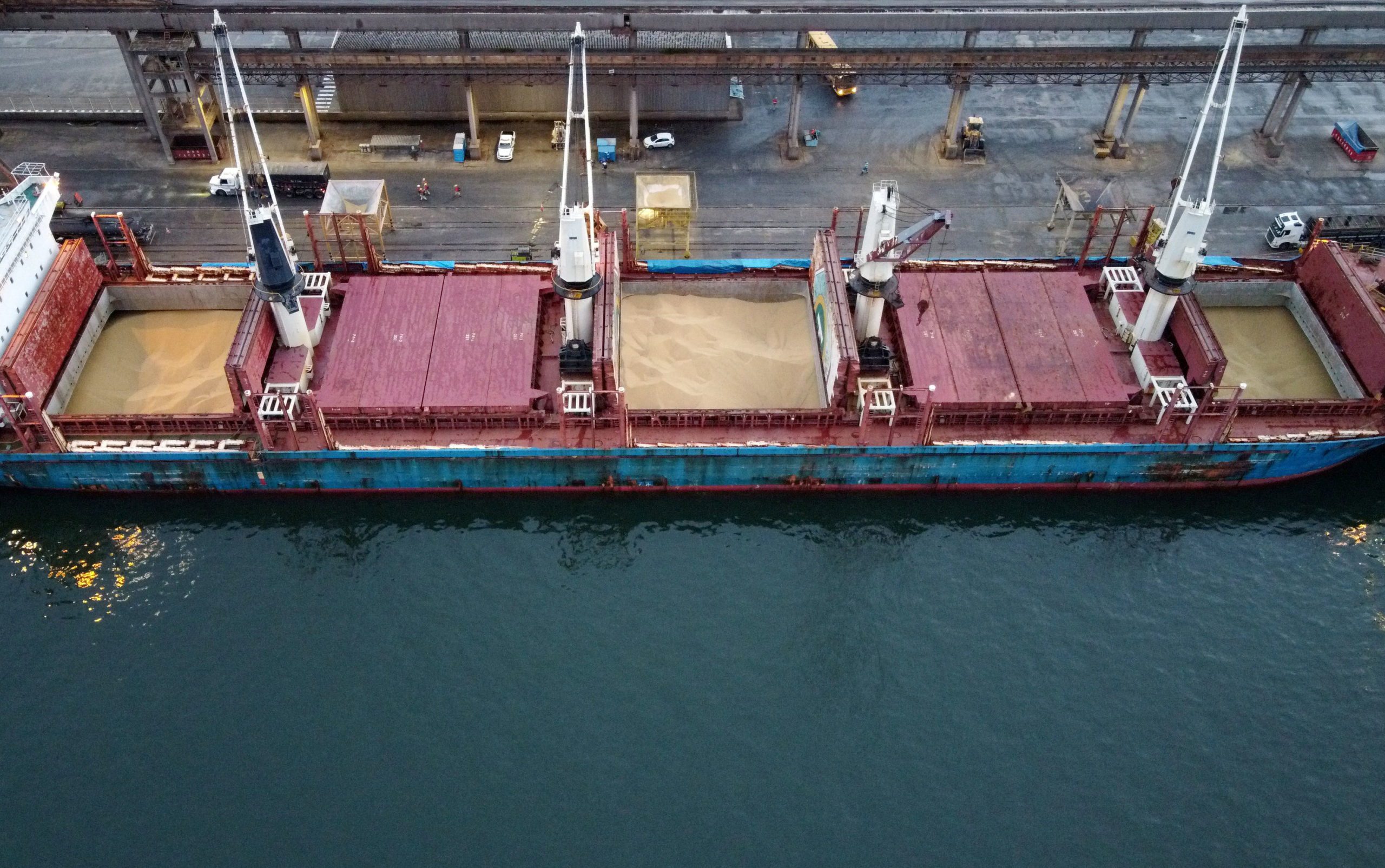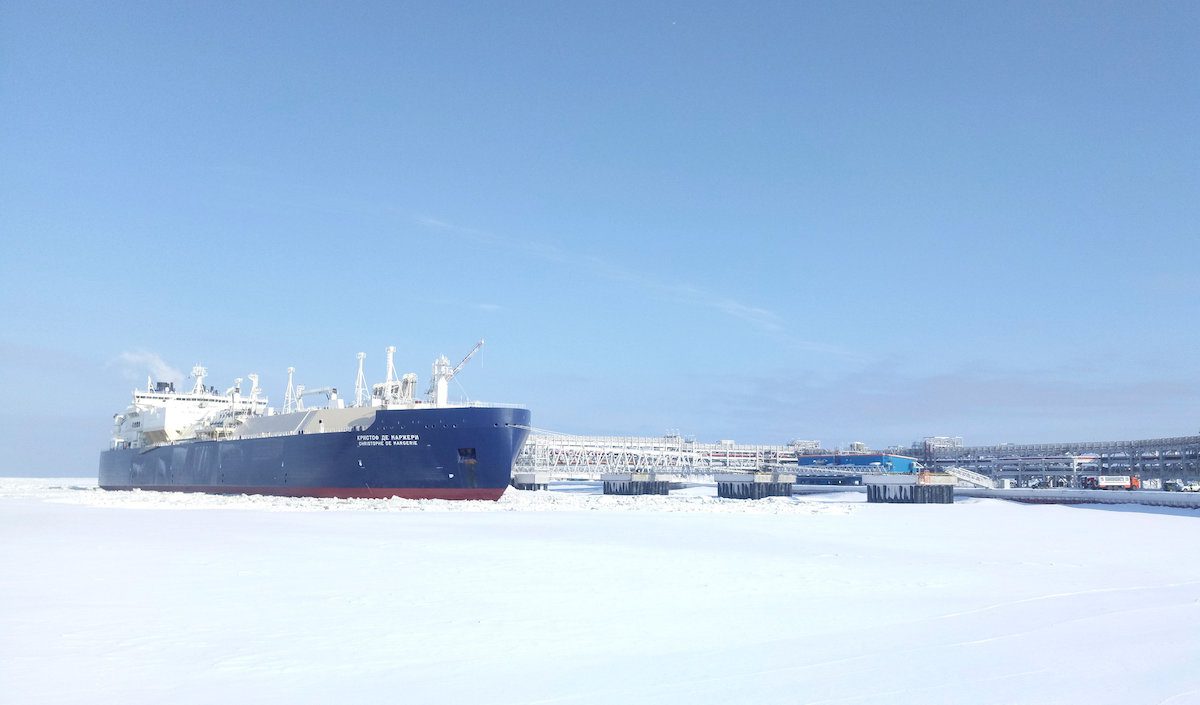Salvage crews have successfully removed approximately 85% of the heavy fuel from the grounded containership MSC Baltic III, according to the latest update from the Canadian Coast Guard released today.
The vessel remains aground near Wild Cove, Newfoundland and Labrador, where it ran aground on February 15 after losing power approximately 12 nautical miles from Bay of Islands. Poor weather conditions prevented the crew from anchoring before the vessel grounded.
Fuel removal operations continue to be the priority, with efforts now focused on removing oil from the engine room and smaller tanks. The vessel was carrying approximately 1.7 million liters (50,000 gallons) of heavy fuel and marine gas oil at the time of the incident.
Container removal operations are also progressing, with 208 of the 472 containers now successfully removed from the grounded vessel. The EEMS Dublin remains in the area to facilitate the transfer of personnel and containers.
Environmental monitoring continues with shoreline surveys documenting minor oil observations, including tar stains and small tar balls in Cedar Cove and nearby shorelines.
Authorities have established an emergency and drone restriction zone extending one nautical mile around the cargo ship to ensure the safety of response personnel and the public.
All 20 crew members were safely evacuated by Cormorant helicopter immediately after the February grounding. The vessel’s cargo consists primarily of food, lumber, and paper supplies, with more than half of the containers reported as empty.
The MSC Baltic III was en route from Montreal to Corner Brook, Newfoundland, when the incident occurred.
Response efforts continue to face challenges due to adverse sea conditions and the remote location of the vessel.

 Join The Club
Join The Club











